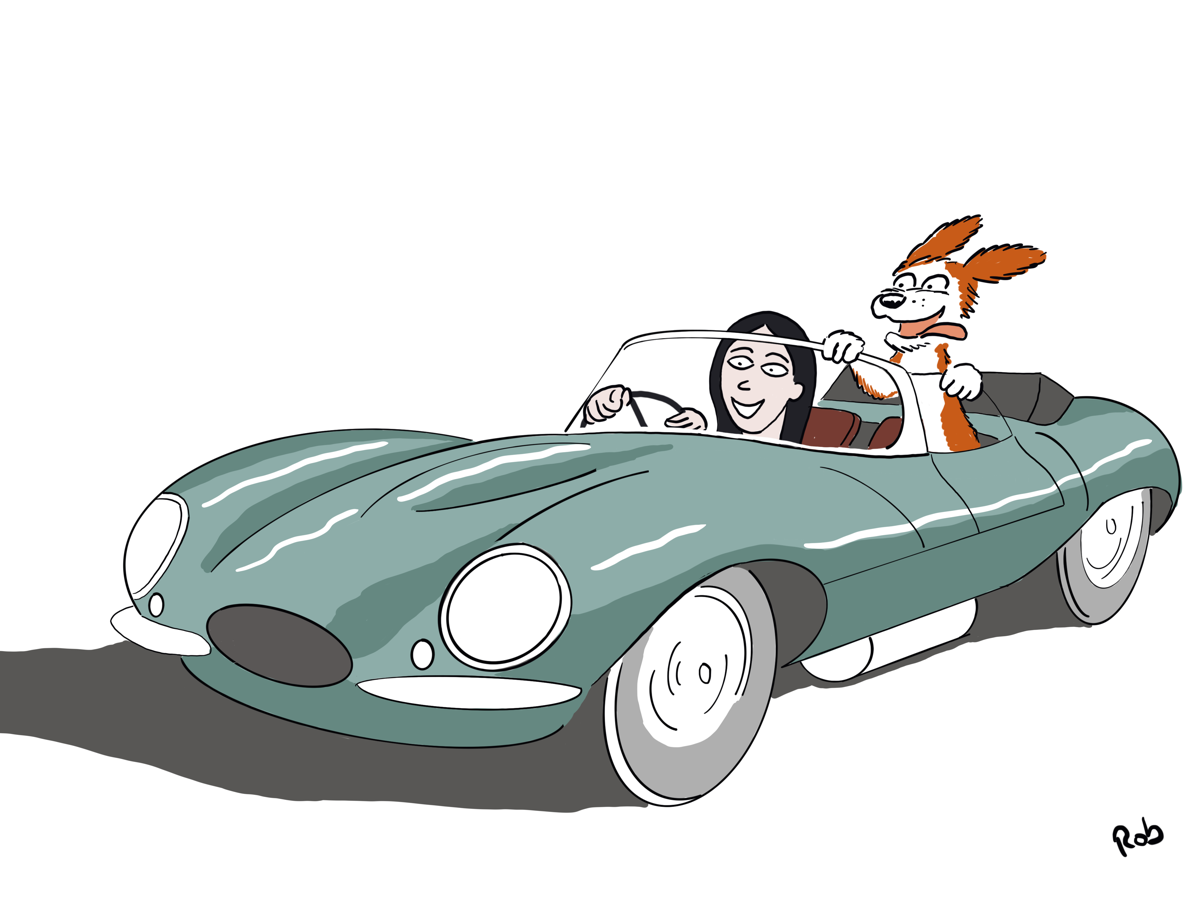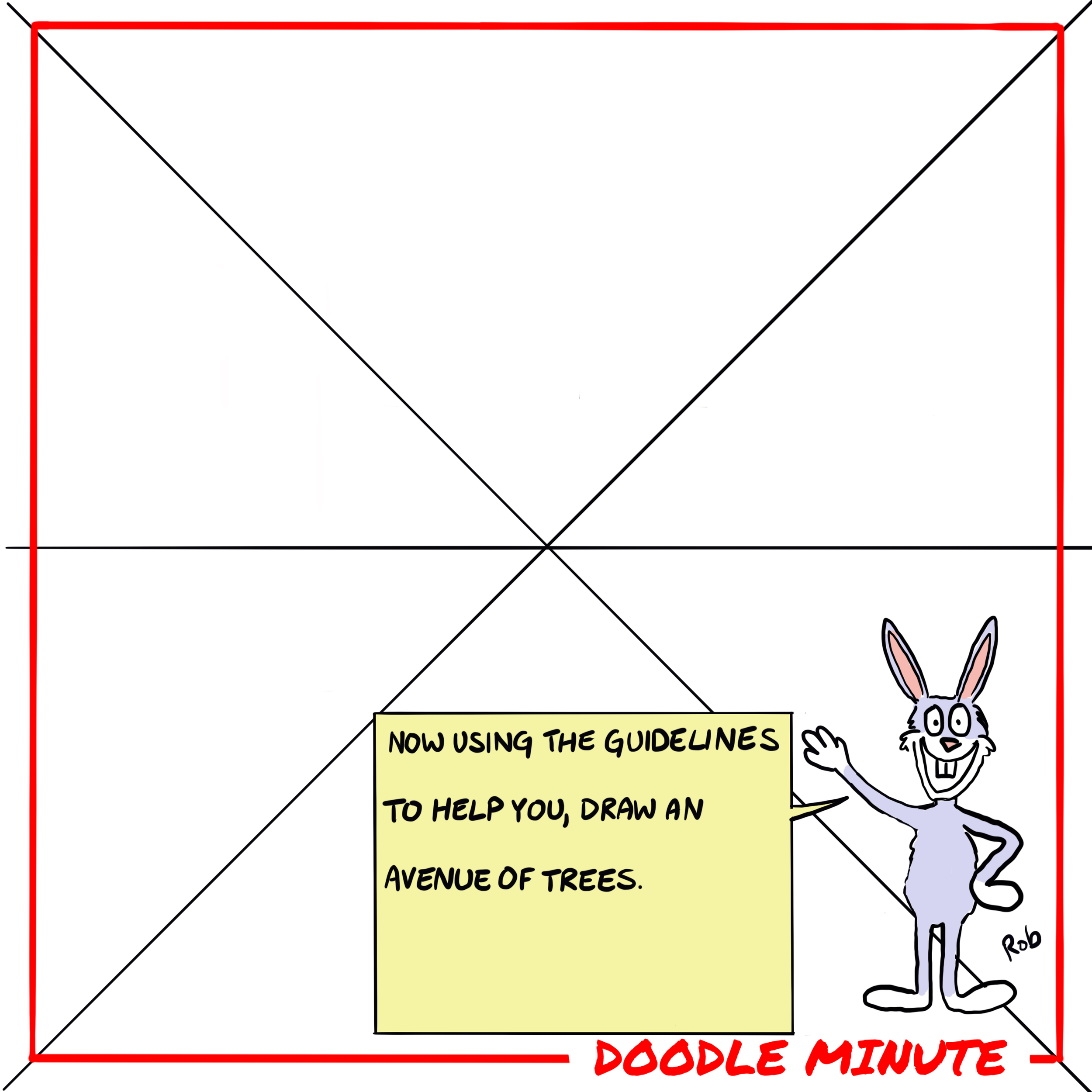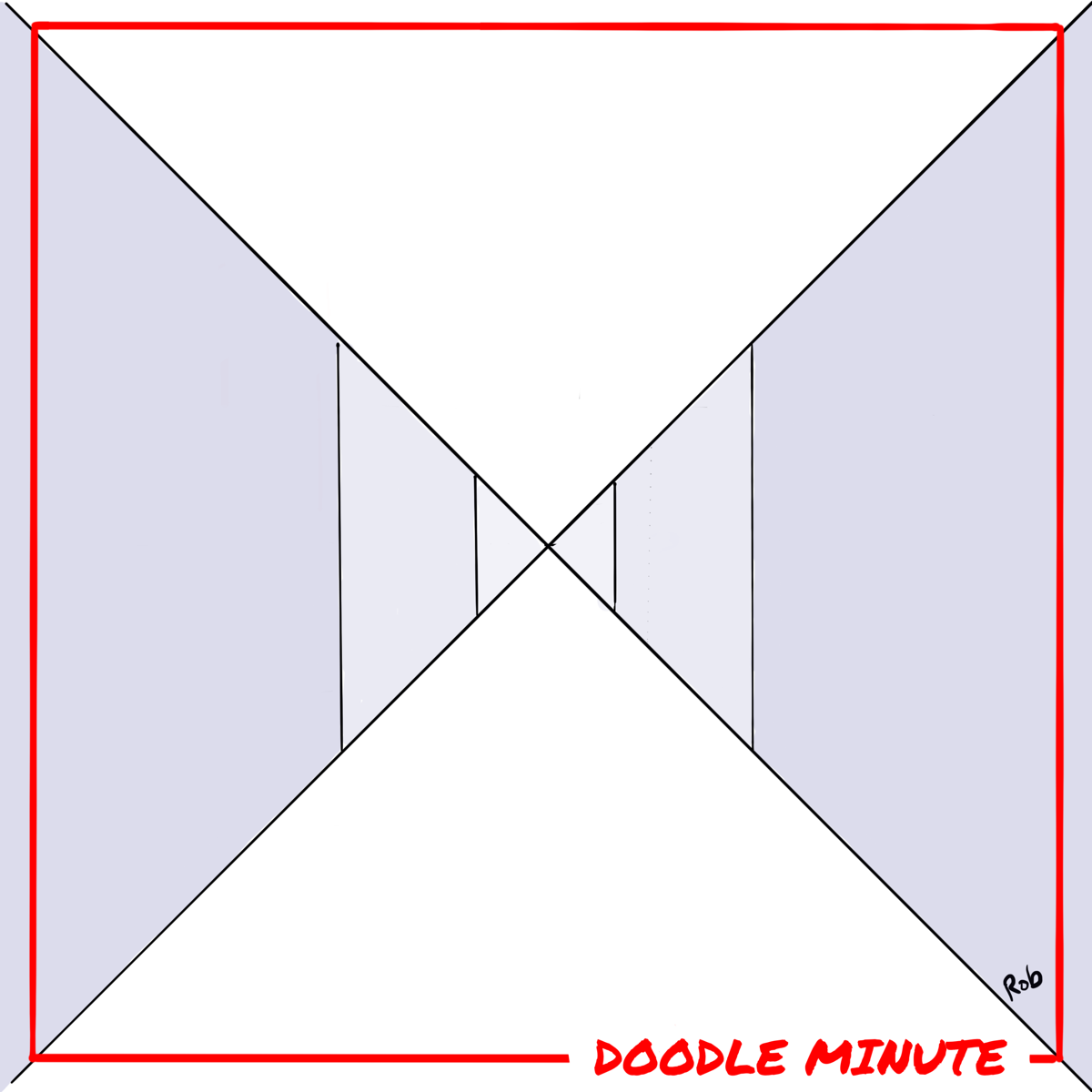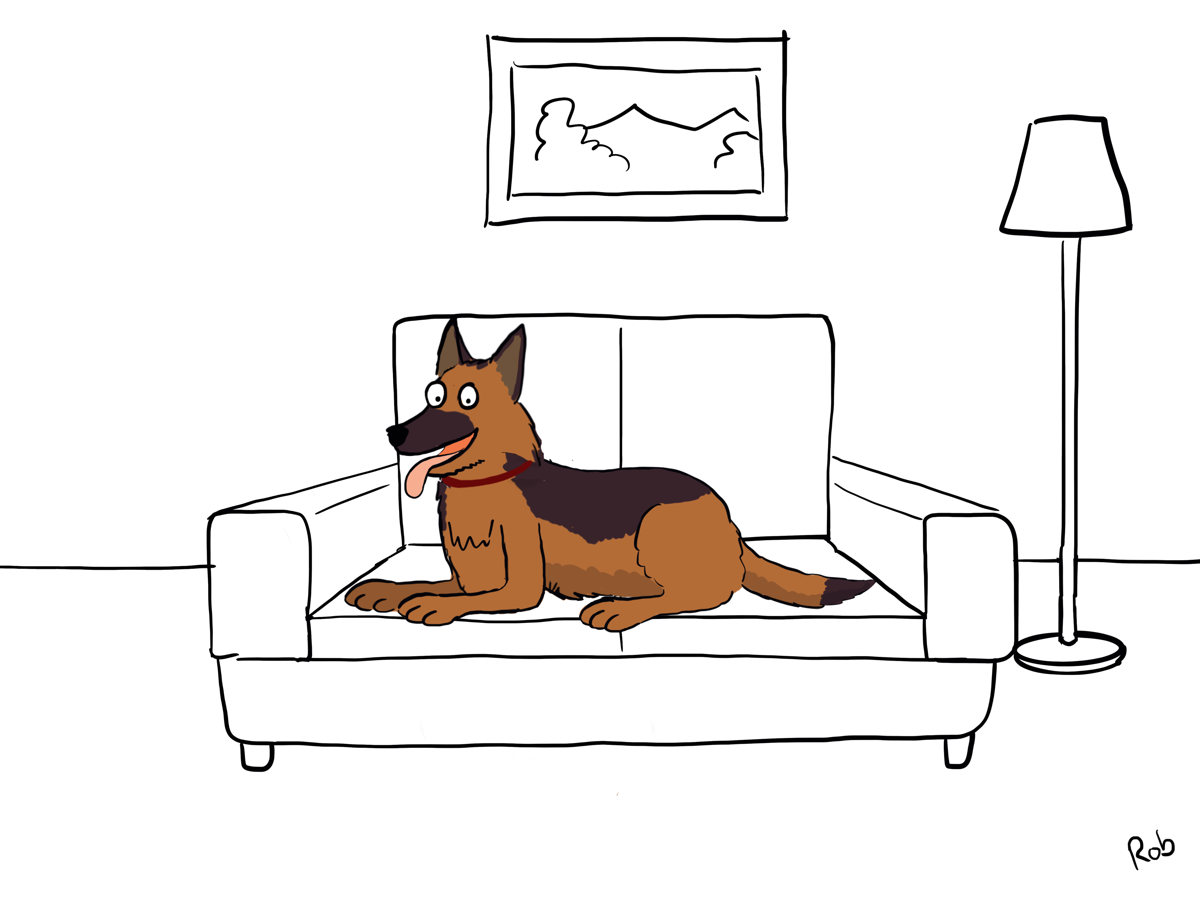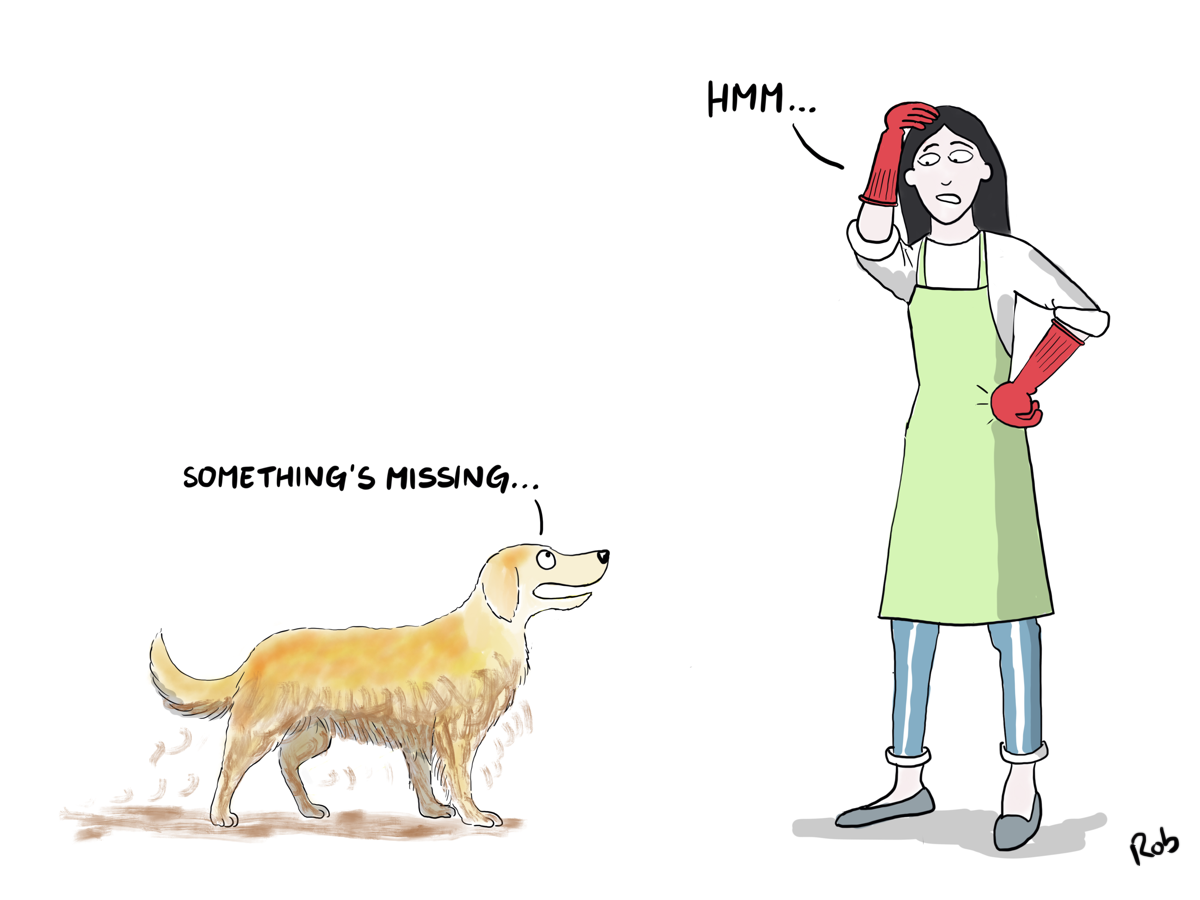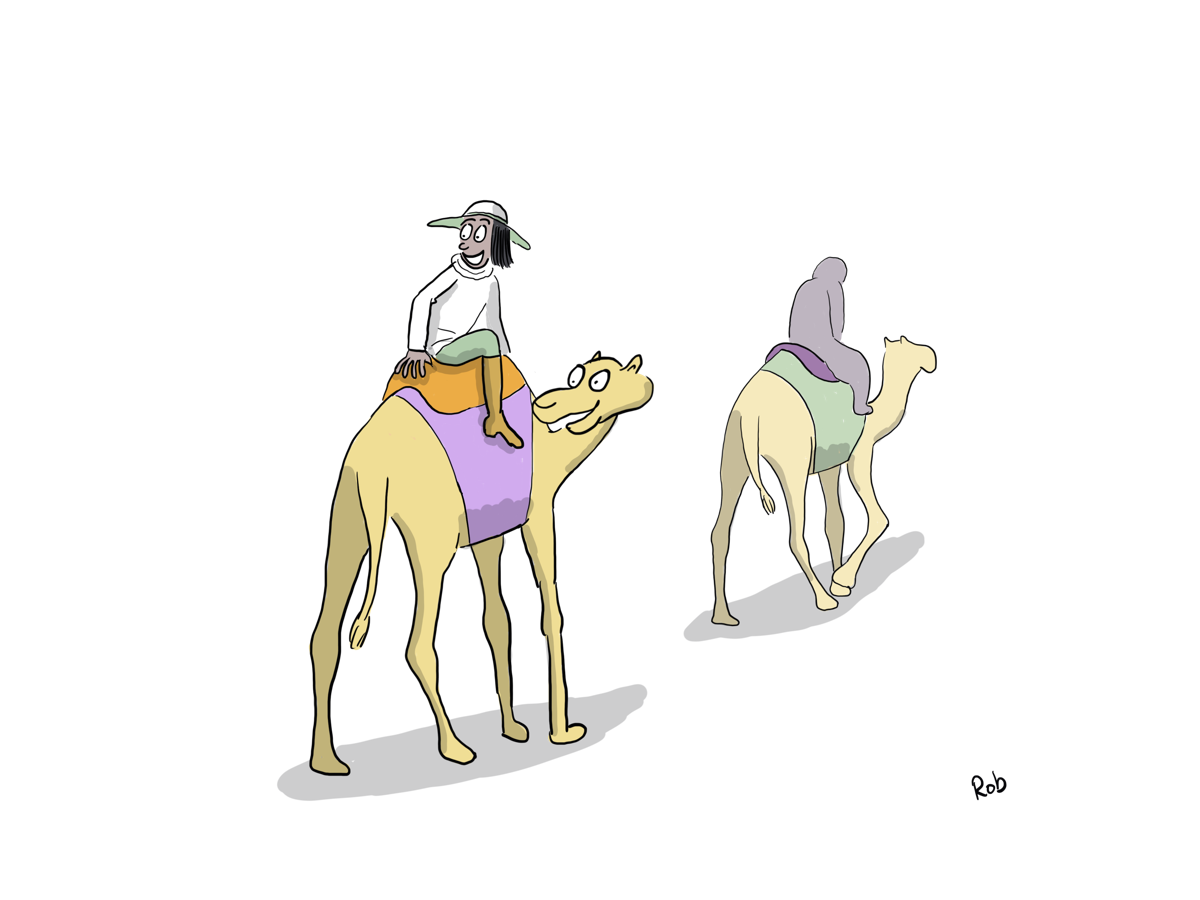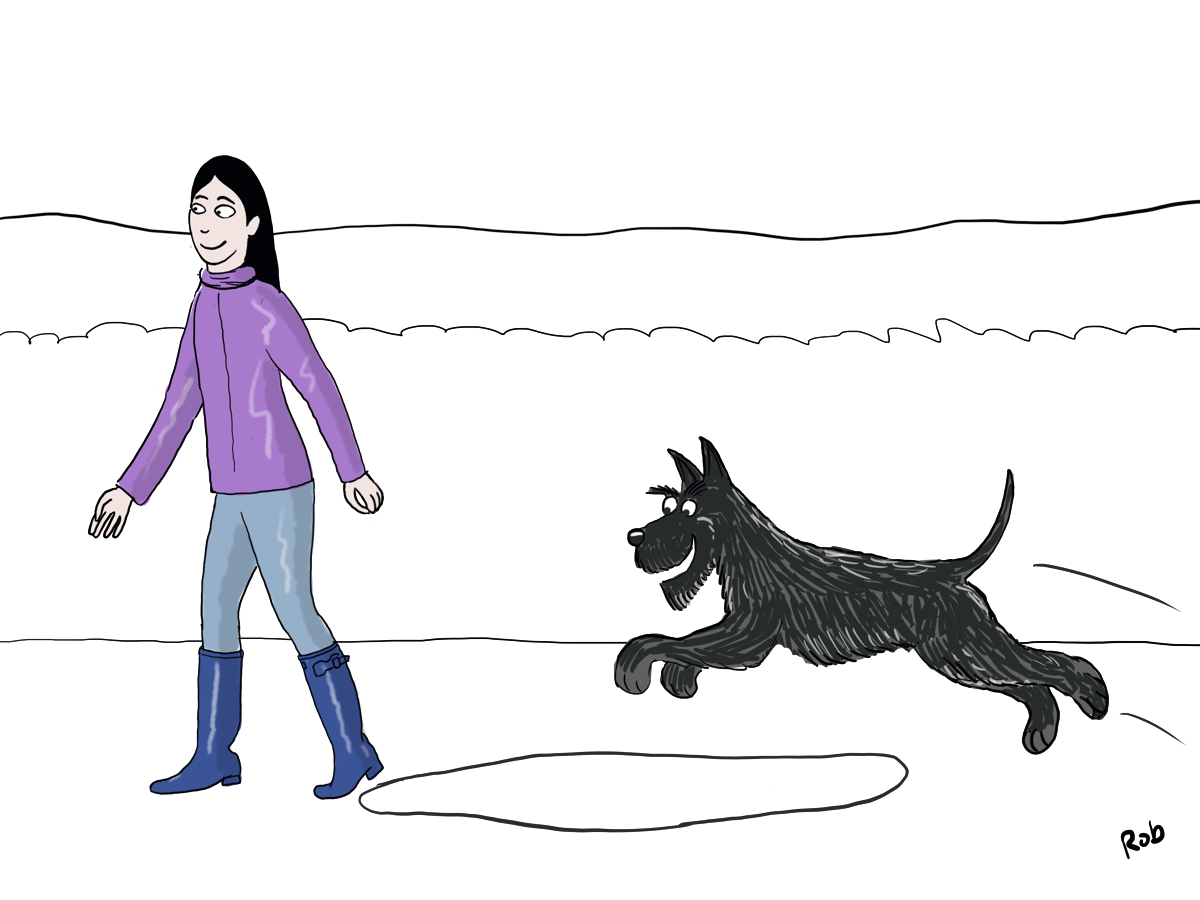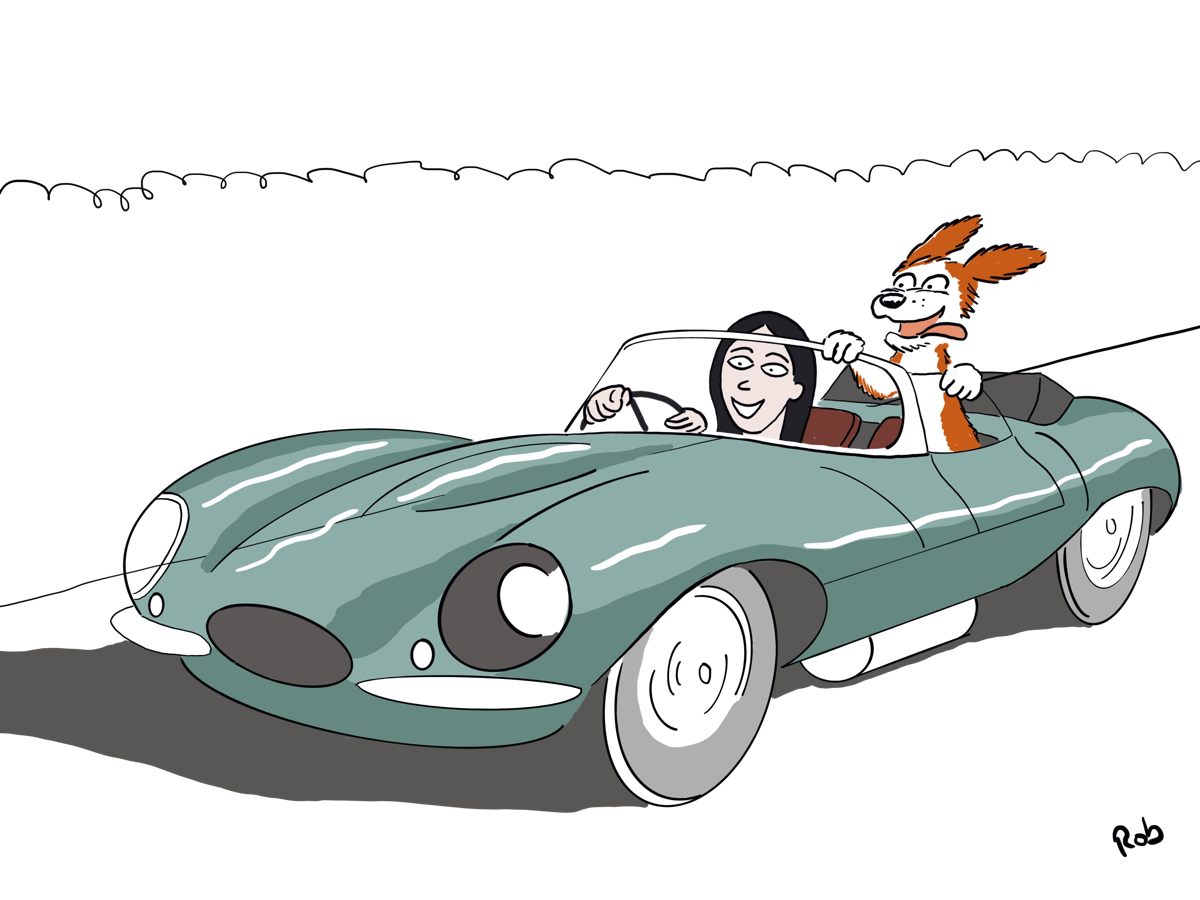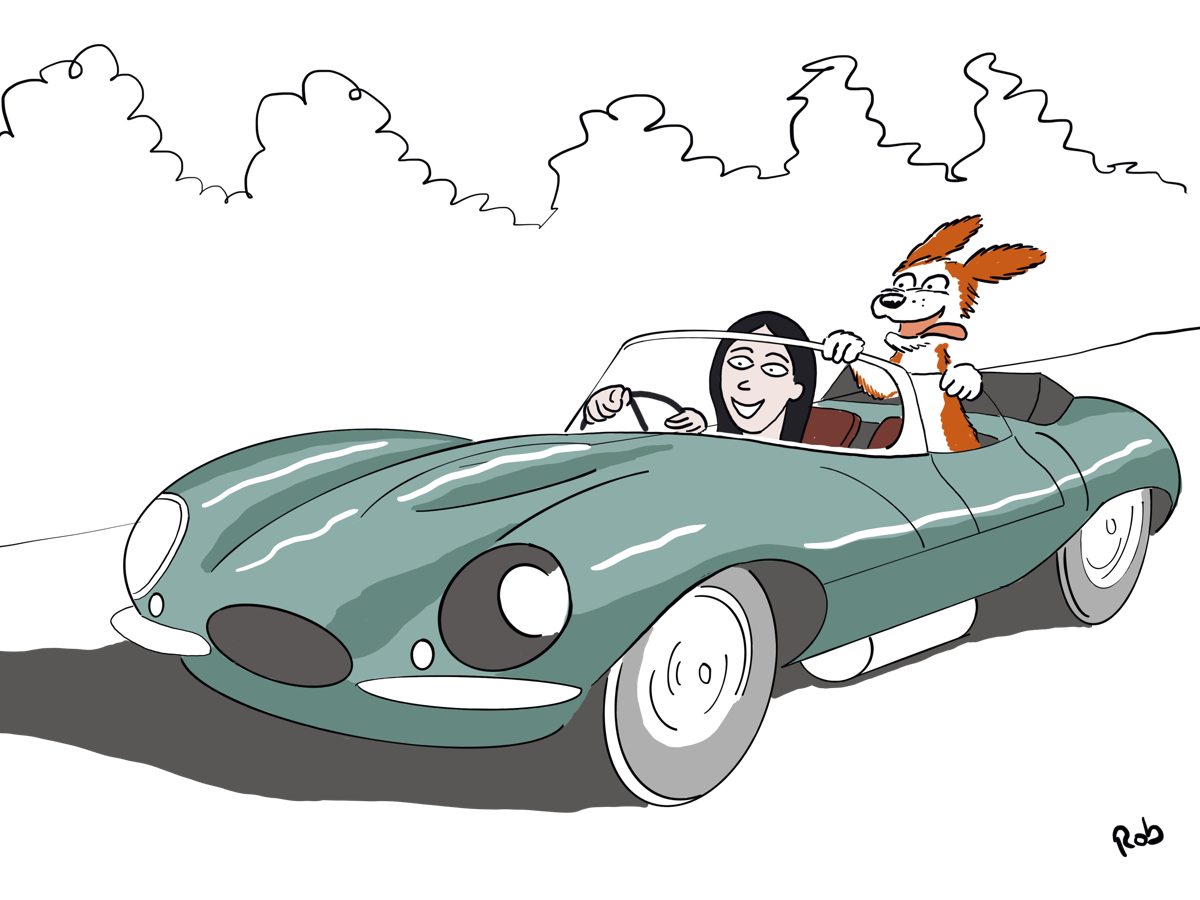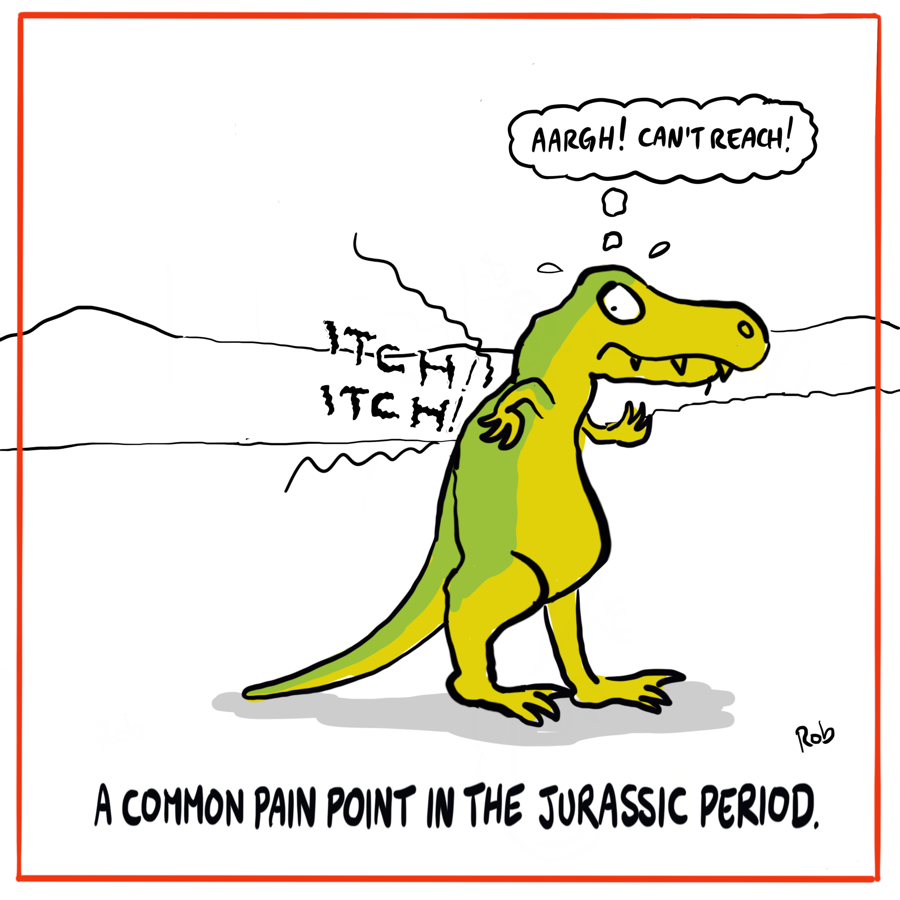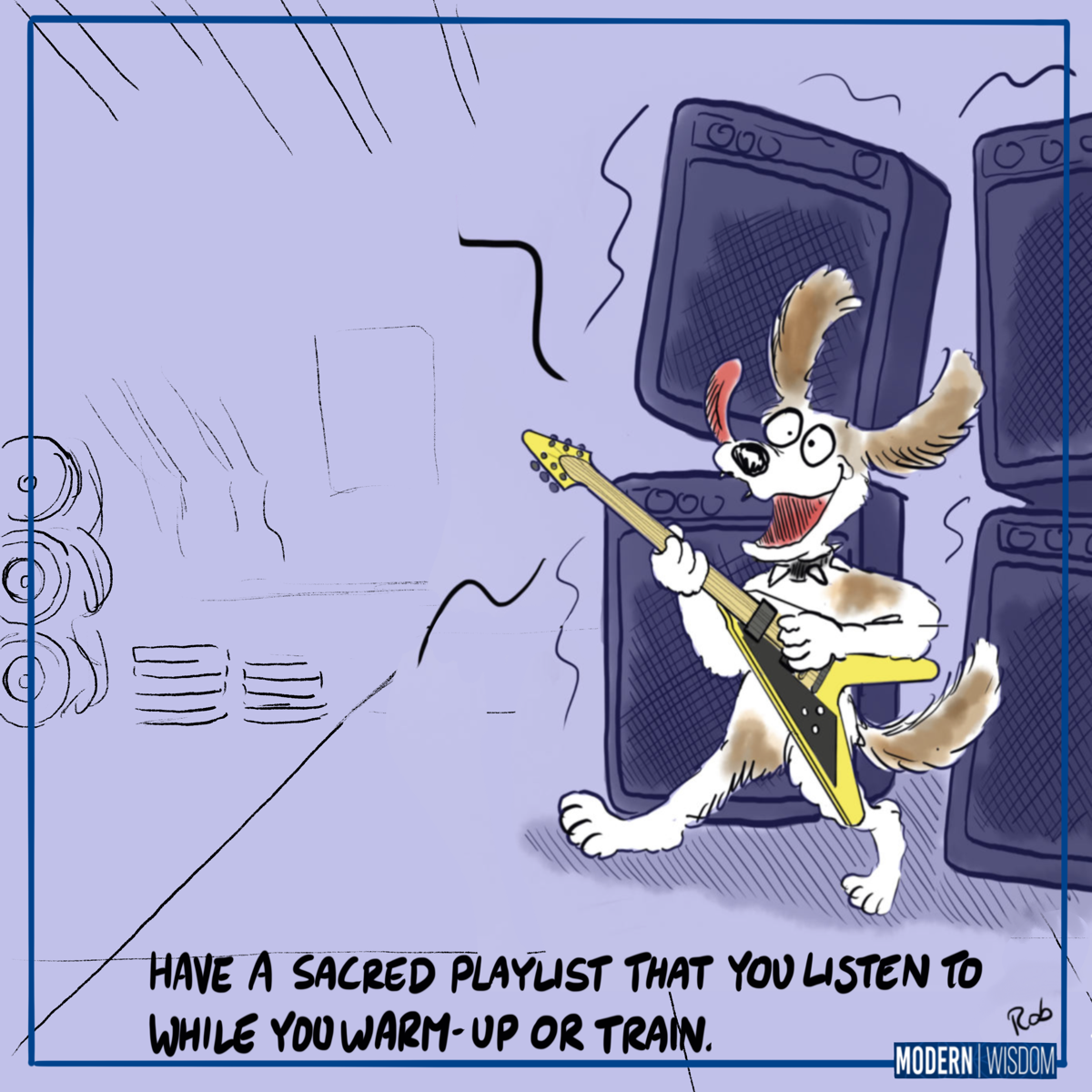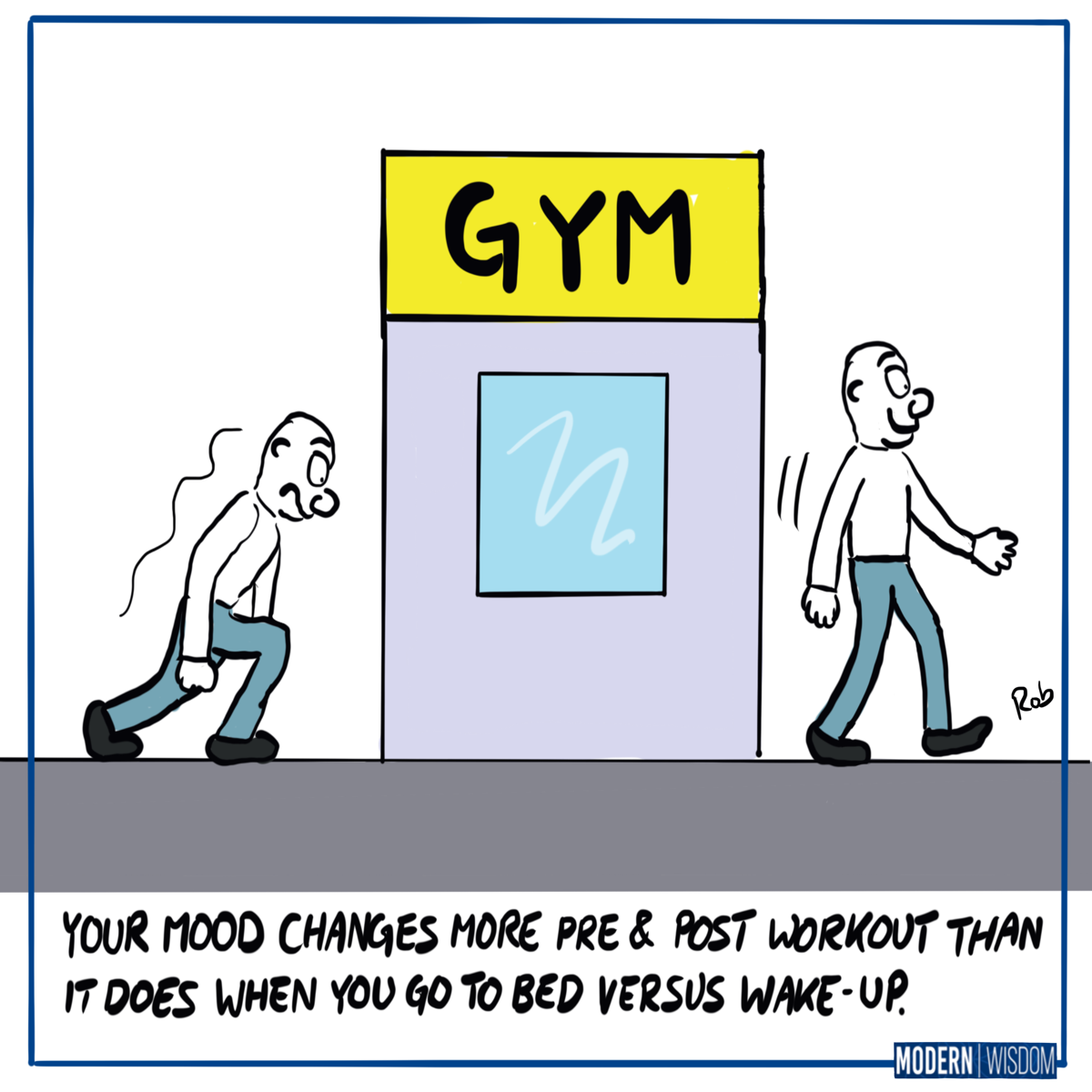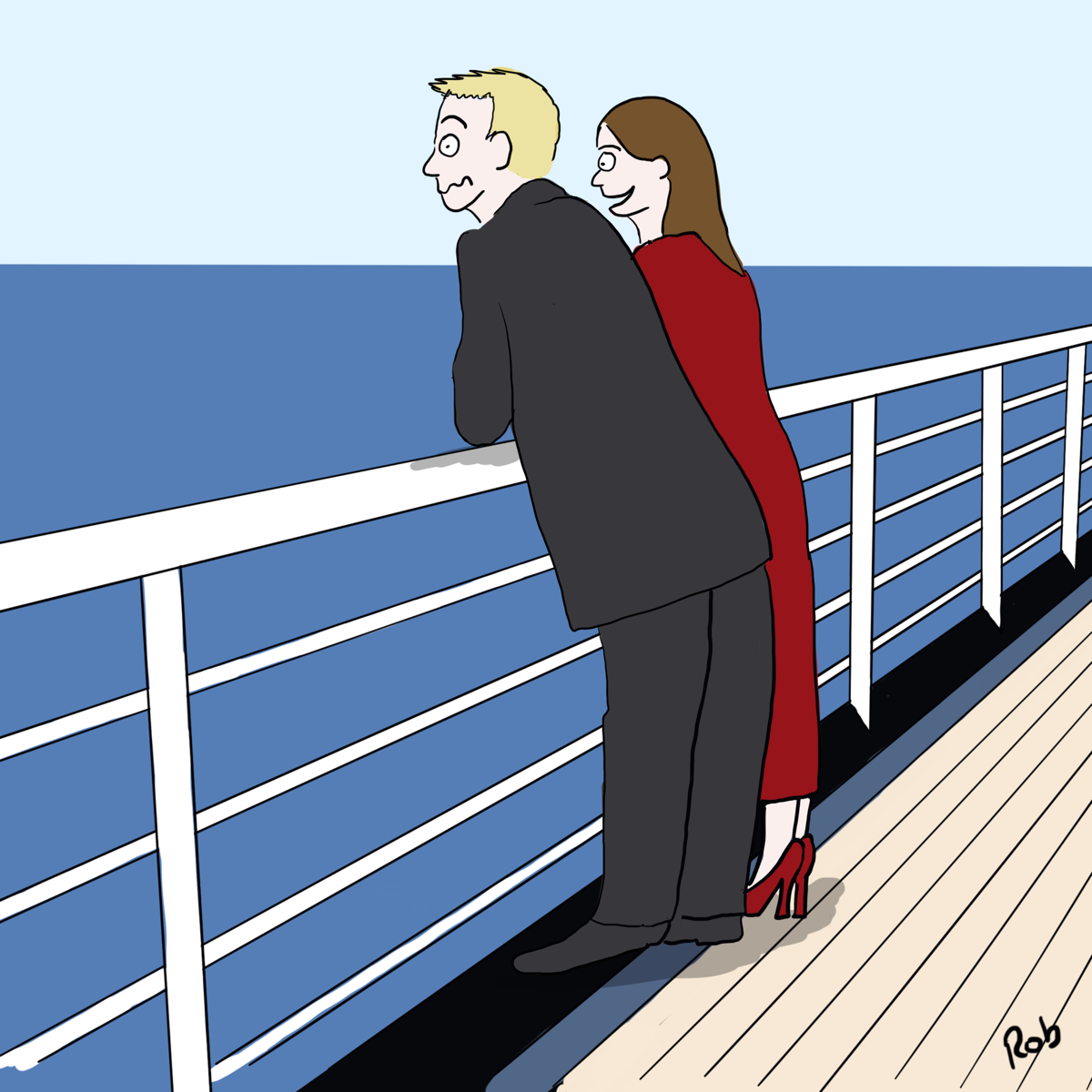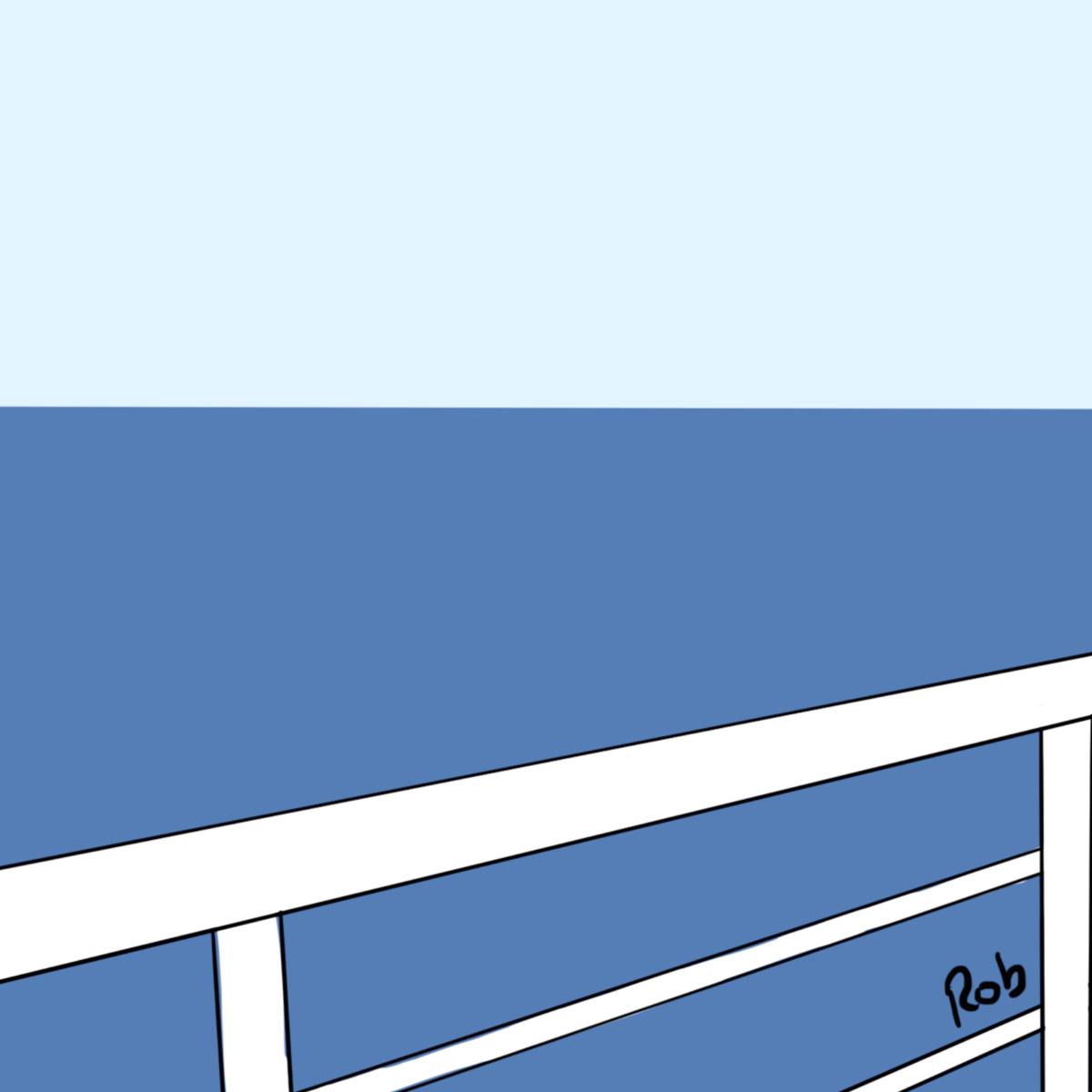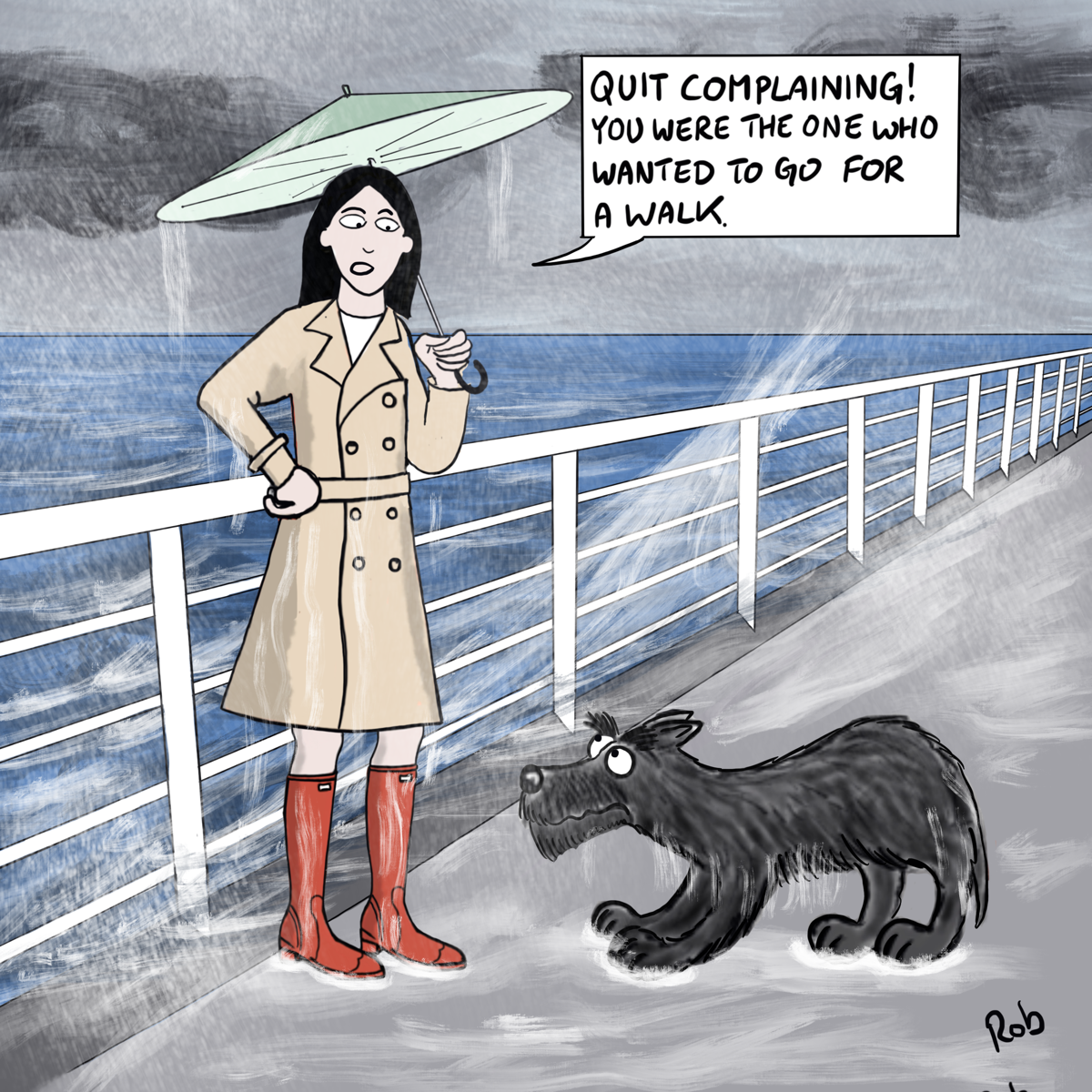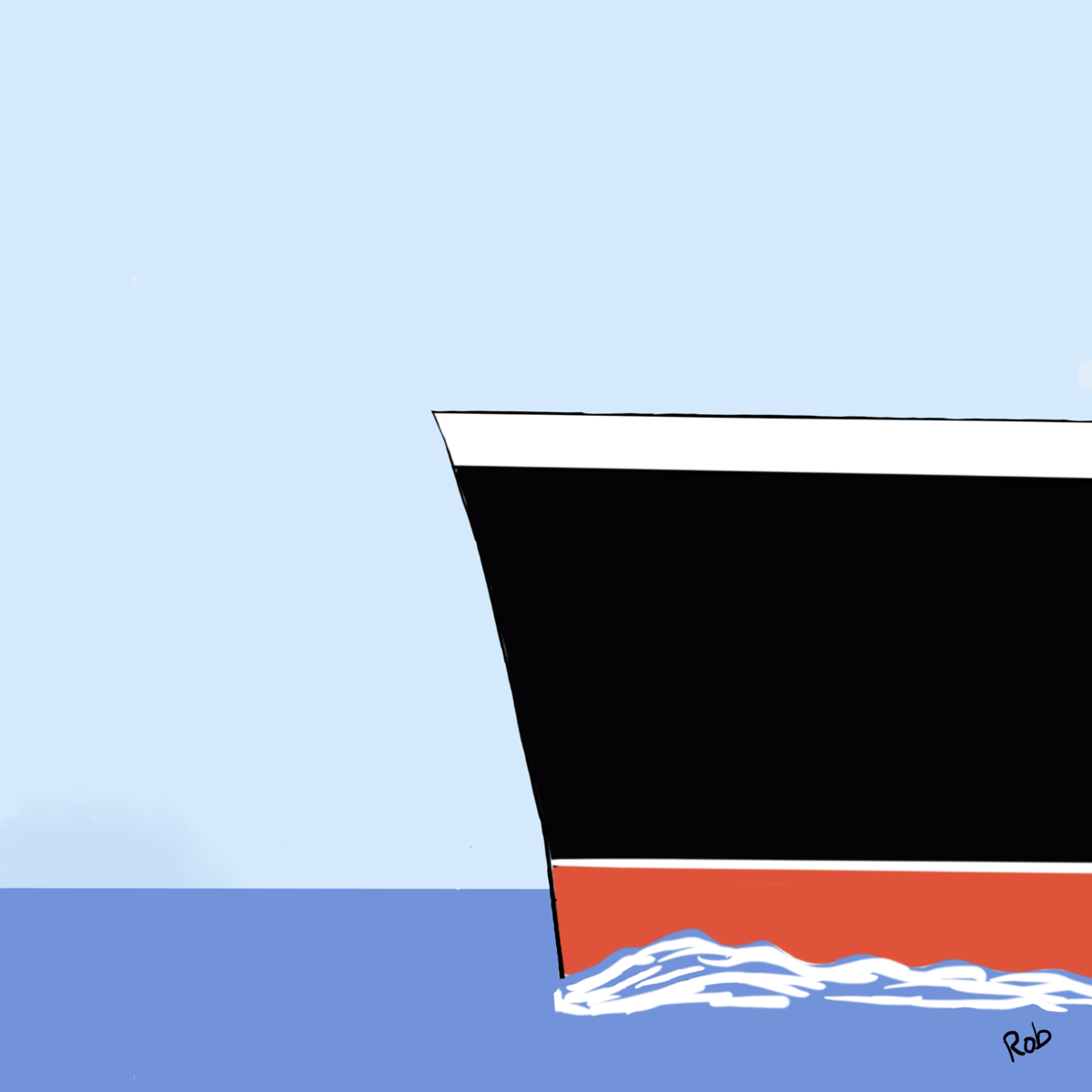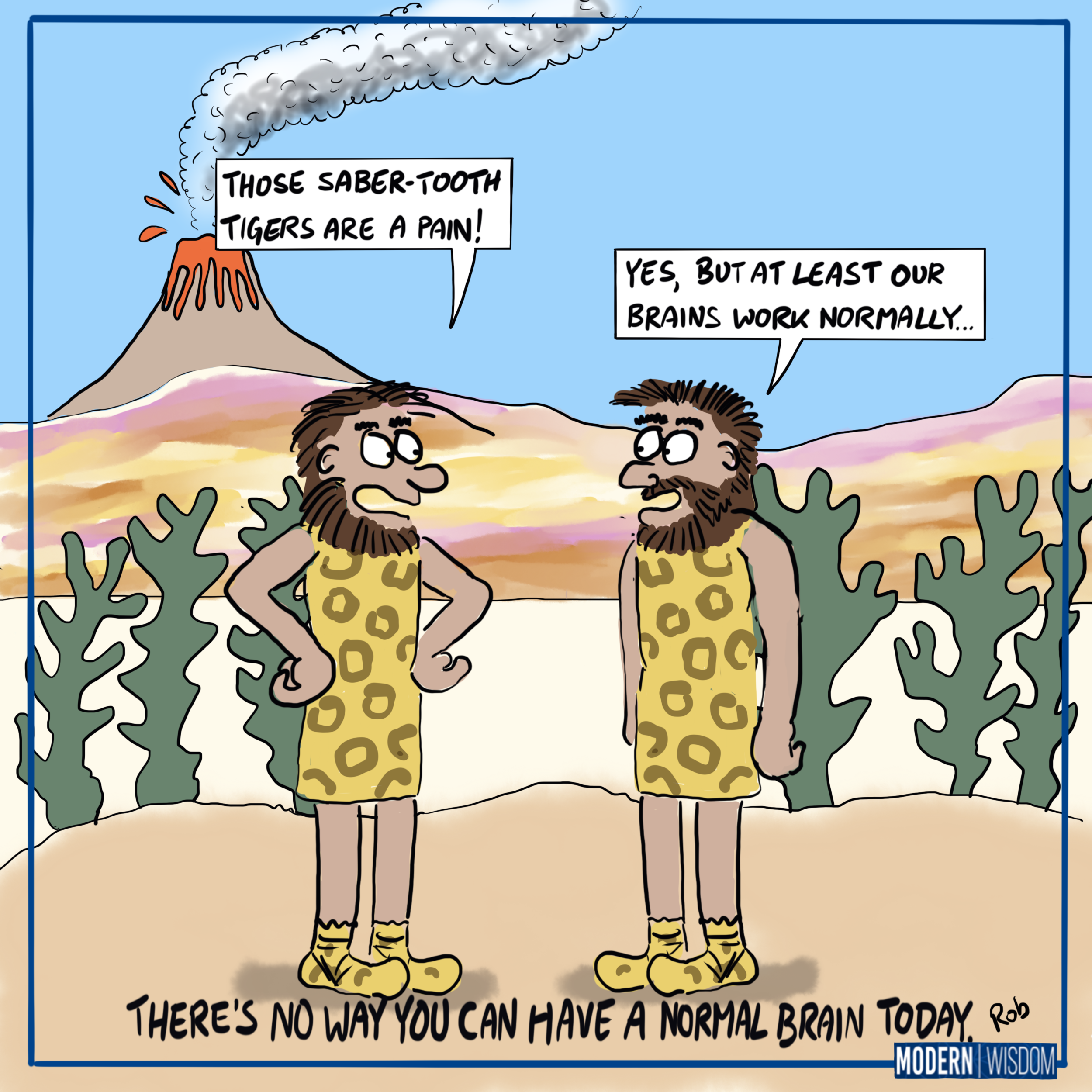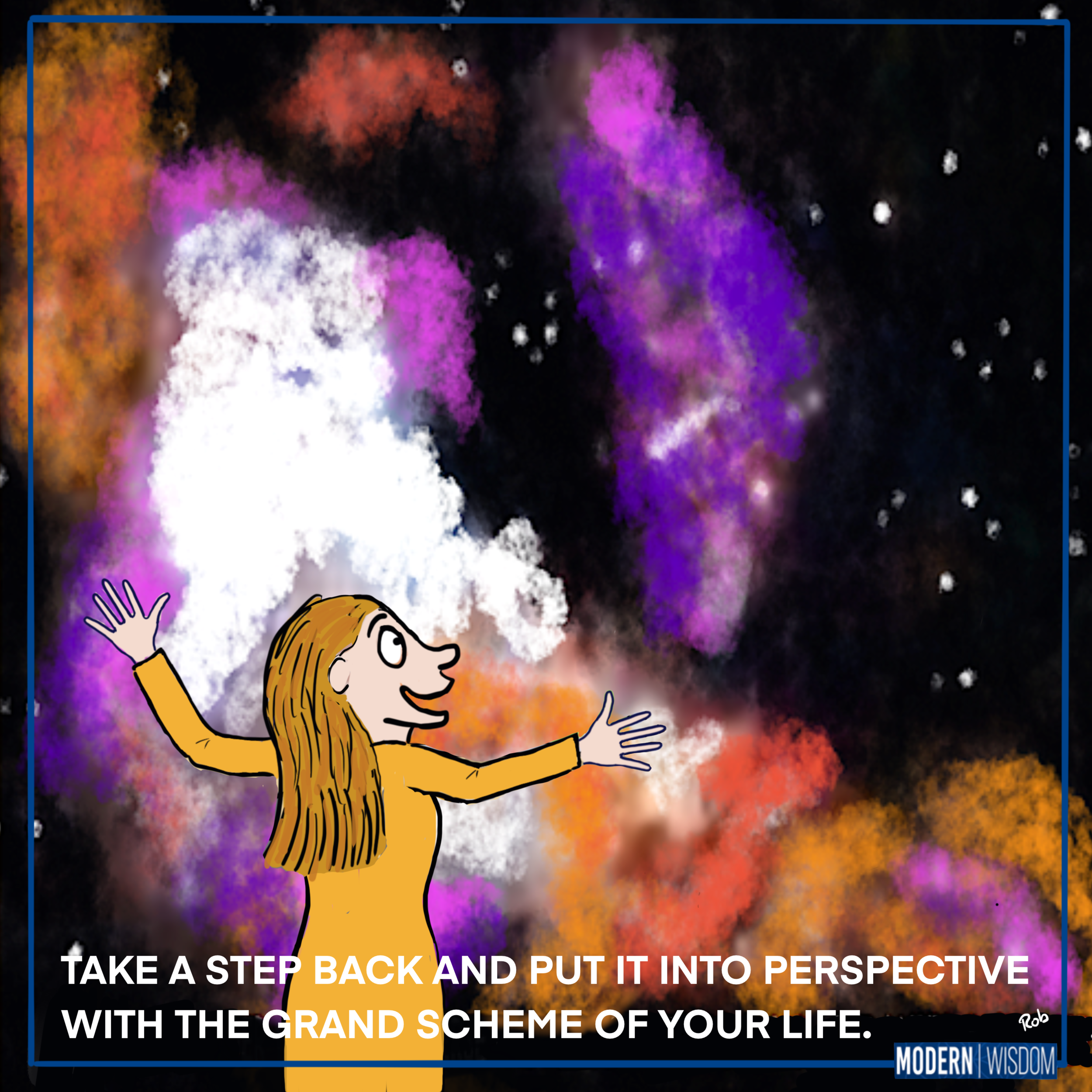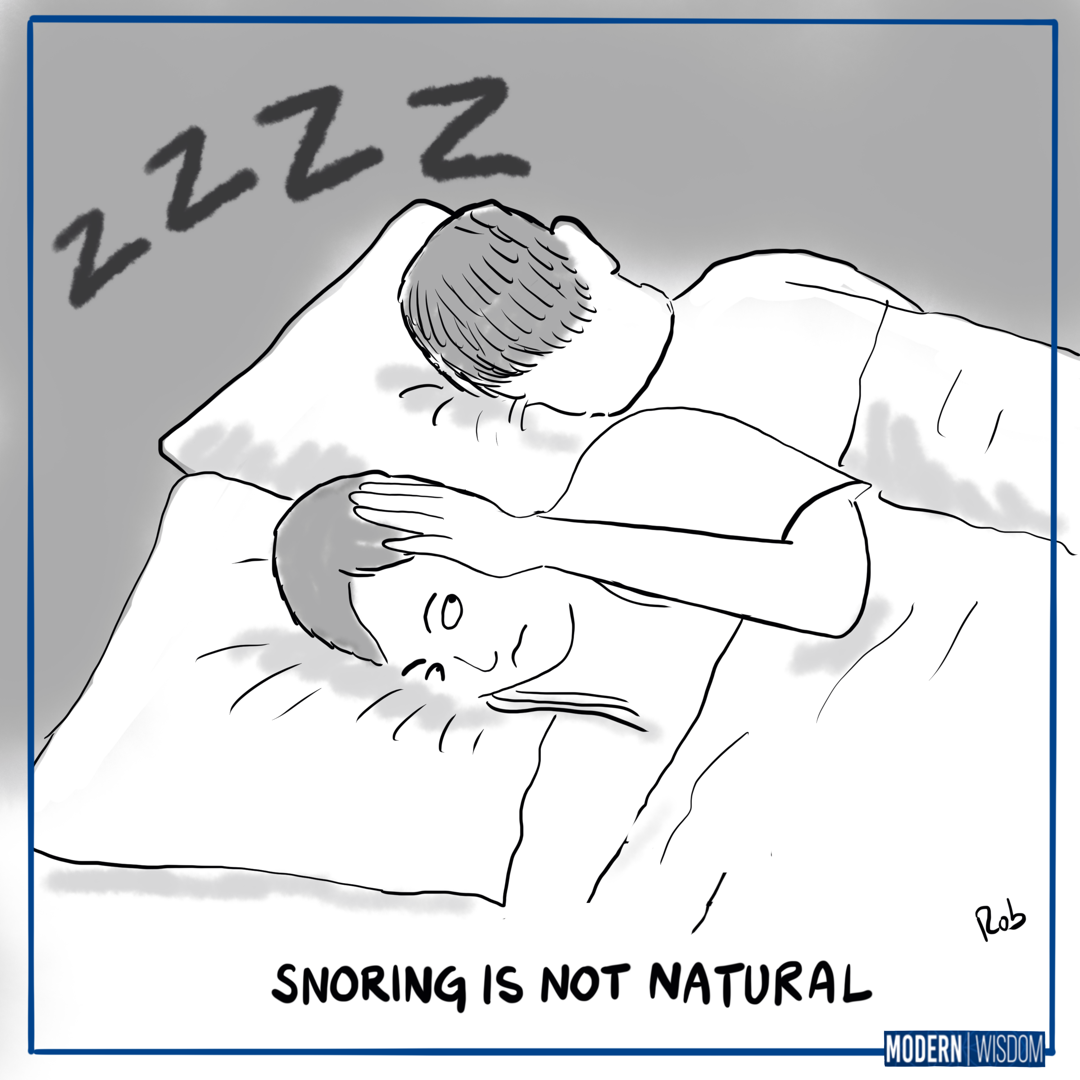Sally is taking a break from selling seashells by the seashore and is off for a spin accompanied by Dash the Spaniel.
In the image above they’re both speeding along, but where are they? There’s no background at the moment to help set the scene. Let’s have a go at adding some simple backgrounds.
Without looking at any reference images, what would you draw to show the countryside?
Try to add the following using simple lines:
A hedge row
A row of Trees
-Some rolling hills
Now find some reference images and repeat the exercise.
I’ll show you my examples below, however, I recommend trying it for yourself myself first before scrolling down.
If you haven’t time to draw, at least imagine what it might look like.
My Examples
A Coloured Example
I coloured this one using a minimal palette, as I want to keep the focus on the characters and car in the foreground.
Showing Speed Using Lines
Show speed using lines instead of a background.
Instead of using an actual background, you could use lines to give the impression of everything whizzing along at high speed. Here’s another car for you to try this with - this time featuring the flying carrot…
The Flying Carrot


